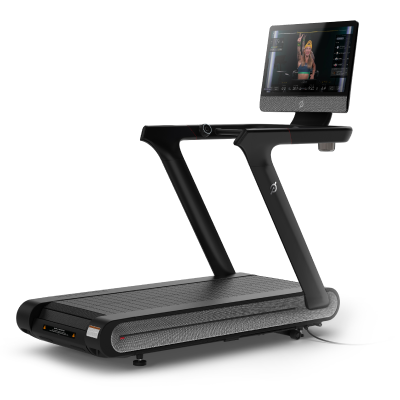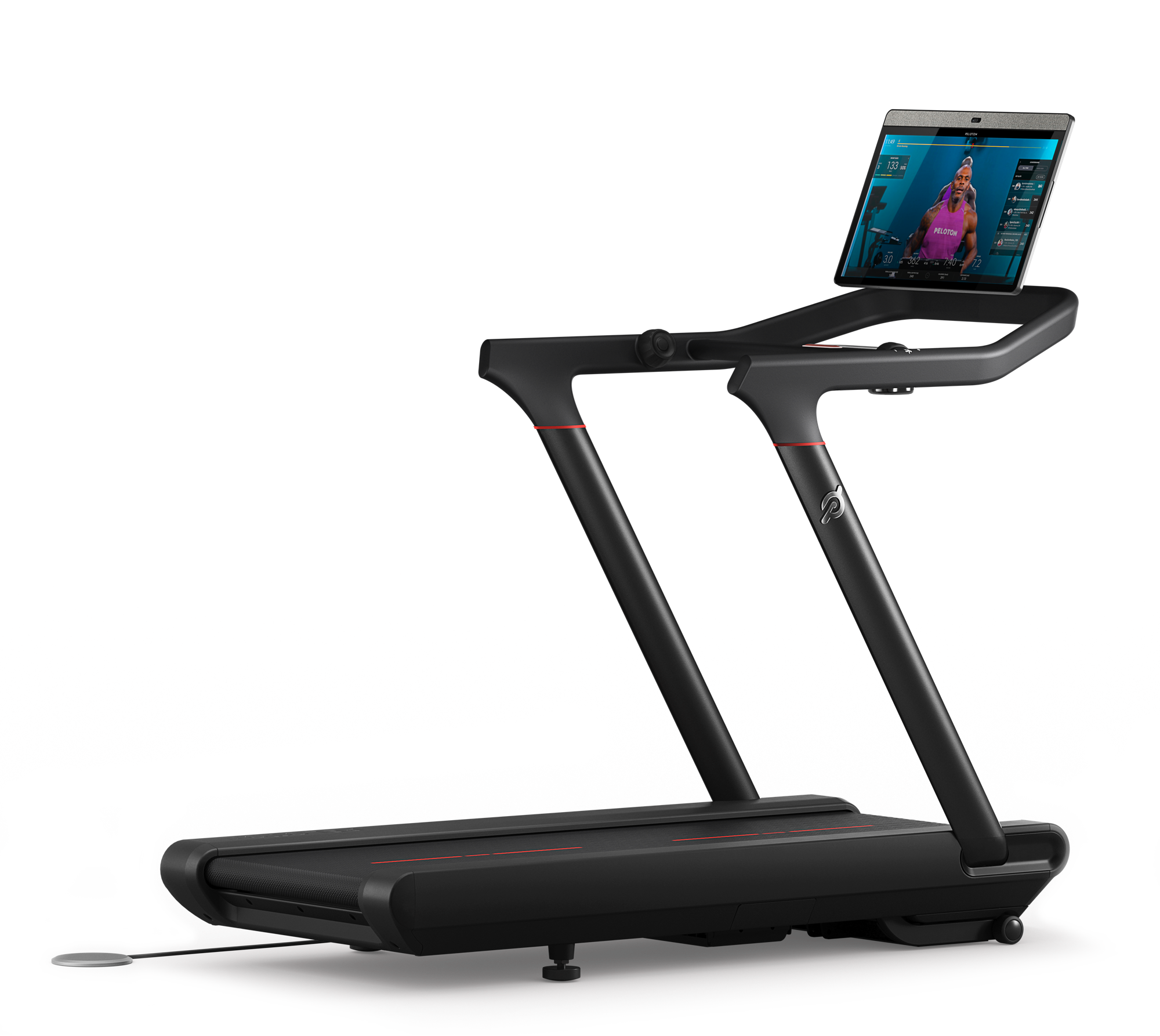
gruizza/E+ via Getty Images
Strides Can Help You Become a Faster and Better Runner—Here’s How to Do Them
Don't skip this drill in your training.
By Jennifer Heimlich•
What Are Strides In Running?
How Running Strides Boost Your Performance
How to Do Running Strides
When to Do Running Strides As Part of Your Training
Where to Run Strides
The Takeaway
When running gets tough, it’s not uncommon to start to wish you could be flying instead. Well, there’s one running drill that can actually make you feel like you’re doing just that: strides running. When you do strides right, there’s a moment when your legs just circle beneath you almost effortlessly as you float over the ground faster than you ever typically run.
Sounds dreamy, right? What’s even better is that, if you do strides regularly and strategically, they can make you a faster, better runner overall.
If you’ve never tried this running drill before, read on to learn what strides are in running, how to run strides, and what kinds of benefits you can expect to get out of doing them regularly.
What Are Strides In Running?
Peloton instructor Joslyn Thompson Rule explains that running strides are a drill typically done near the start or end of a run in which you accelerate towards a top pace for just a short period of time, and then repeat that for a few rounds. These bursts of speed are shorter than what you’d do in an interval or fartlek run, and they’re less intense than a sprint.
“I would differentiate it from sprints because we're not as focused on getting maximal acceleration like an actual track sprinter would be,” says Jacob Goodin, an associate professor of kinesiology at Point Loma Nazarene University. “A stride is a little bit more casual, although you can put a lot of effort and intensity into it.”
How Running Strides Boost Your Performance
No matter how long you’ve been running or what your goals are, running strides can help. “Everyone focuses on good form at speed, which carries over into our regular running,” Joslyn says. In particular, strides teach your body to turn over your feet quickly, and with longer steps.
In addition to practicing better mechanics, strides can also improve your neuromuscular ability to produce force quickly. “That ability is one of the things that sets the pace that you're capable of running in a race,” Goodin says. Even if your endurance, VO2 max, and lactate threshold are the same, a more finely-tuned neuromuscular system will get you to the finish line faster.
What’s more, because strides are such short bursts, you can do them without wearing out your body. “It’s a low-fatiguing way to sneak in some speed work,” Goodin says.
How to Do Running Strides
A stride is not a sprint—you’re not going all out. “It’s controlled intensity,” Goodin says. “You want to go fast, but you don't want to be straining.”
Stride running lasts for about 60 to 150 meters, or 15 to 30 seconds. Runners typically use the first few seconds to ramp up their speed to about a nine out of 10 effort, hold that, then ease off the gas to just coast for the final few seconds. “It's a gradual acceleration, and then a nice, easy return to standing as you back off,” Goodin says.
Goodin says you can get the benefits of strides by doing anywhere from four to 20 rounds, though many athletes will do somewhere between eight and 12.
Because the effects are so powerful and the risks are pretty minimal, Joslyn suggests that anyone who’s advanced enough to continually run 20 to 30 minutes at a time should perform strides once or twice a week.
When to Do Running Strides As Part of Your Training
There are two basic ways runners incorporate strides into their workouts: Either as a warm-up before more intense speedwork or a race, or at the end of the run. Each strategy is useful, but the benefits are slightly different.
Strides As a Running Warm-Up
Peloton Tread classes often feature strides at the end of a warm up before diving into speed work. “I always like to think of it as a communication with your body that we are about to put some work in and so we need quality form at pace,” Joslyn says.
This isn’t just a mental gimmick—it can actually change how the rest of the workout will feel. “By doing some strides right before your race, suddenly you're turning on the neuromuscular system and making the subsequent activity feel a little easier, and you'll actually be able to run it a little bit faster because you're priming all of your body's systems,” Goodin says.
Or, as Joslyn likes to put it: “It's sort of like switching all the lights on.”
Post-Run Strides
When you do strides at the end of a run, the goal is not to prime your body to start to run fast—your run is nearly over, after all—but to sneak in a little speed work on tired legs. “They are great at the end of a session to practice good form under fatigue, a really important reminder that form really carries us through when we are tired,” Joslyn says.
Goodin points out that at the end of a run, you’ve typically accumulated some lactate, fatigued your motor units and muscle fibers, and used up some glycogen. “So it's teaching you to run fast, even on fatigued legs. There's also a mental component of that—you want to know what that feels like to kick in quickly at the end of a race,” he says.
Just be sure to let yourself recover a little from the rest of your run before doing strides—you shouldn’t be winded when you do them.

Peloton App
Access thousands of classes with no equipment needed.
Where to Run Strides
No matter where your run takes place, you can do strides. “Theoretically, you could do a stride really anywhere,” Goodin says. “But most ideally, it would be on a flat surface.” Here’s what to keep in mind when you’re tackling strides in various running environments.
Running Strides On a Track
A track is an ideal place to perform strides—you’ve got a flat, slightly cushioned surface without any cars to worry about. The straights on a standard track are about 84 meters long, which is a great length to do a stride.
Running Strides On Hills
If you want to mix things up, you can also do strides on an incline. “Uphill strides add a little variation,” Joslyn says. Goodin points out that running uphill brings the ground closer, but also forces you to get further up off the ground to move forward. “It actually decreases the impact, but it increases the effort that you have to give,” he says. However, he points out that this won’t give you exactly the same effect as strides on a flat surface, since you won’t be able to reach the same velocity. “You get more of a strength component and a little less of a speed component from that,” he says.
Alternatively, you could do strides on a slight downhill, and run even faster. But the incline needs to be very slight, Goodin warns, since downhill running increases the amount of eccentric force your body is absorbing with every foot strike. “You're increasing the wear and tear on the athlete,” he says.
Running Strides On a Treadmill
Treadmill strides are done a bit differently, since you can’t quickly accelerate then decelerate your pace the same way as on a track or road. Joslyn recommends setting the incline to one percent to better mimic a flat road outside to get more of the benefits when you do strides on a treadmill.

Peloton Treadmills
Two treadmills. One Peloton experience.
The Takeaway
When you first begin doing strides, they might feel completely different from any running you’ve done before. “The intention is to be fast, and you can really get cooking,” Goodin says. Your body might not be used to moving at such high speeds, which can feel thrilling. Just remember to ease into and out of it with a gradual acceleration and deceleration in each stride. “And the reason for that is so that you don't do any sudden bursts of speed that could result in a pulled hamstring or calf or a torn Achilles tendon,” Goodin says.
Fortunately, because strides are so short, the risk of injury is low, and the wear on your body is pretty minimal. Yet, dedicating just a few minutes to strides before a workout or race or at the end of a run can lead to major payoffs that make you a better runner.
And, they can be a heck of a lot of fun. “Once you're just kind of flying and floating and you get that high-speed, low-effort feel in your stride, it's really fun to modulate your pace and just give it a little bit of gas or pull off the gas and cruise for just a few strides,” Goodin says.
This content is for informational and educational purposes only and does not constitute individualized advice. It is not intended to replace professional medical evaluation, diagnosis, or treatment. Seek the advice of your physician for questions you may have regarding your health or a medical condition. If you are having a medical emergency, call your physician or 911 immediately.
This content is for informational and educational purposes only and does not constitute individualized advice. It is not intended to replace professional medical evaluation, diagnosis, or treatment. Seek the advice of your physician for questions you may have regarding your health or a medical condition. If you are having a medical emergency, call your physician or 911 immediately.
Explore Peloton Treads
Level up your inbox.
Subscribe for a weekly dose of fitness, plus the latest promos, launches, and events.
By providing your email address, you agree to receive marketing communications from Peloton.
For more about how we use your information, see our Privacy Policy.








